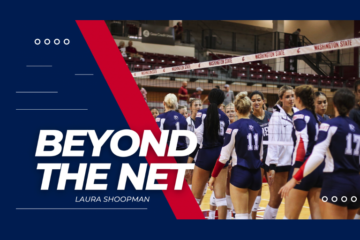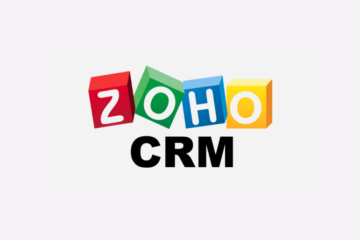
Last week, students were instructed to set up as much of the aesthetics of their website as possible. Using our step-by-step instructions, students typically take twice as long in setting up the look and feel of their website verses the website mechanics. Students find this creative process fun and tantalizing as they play with logos, pictures, fonts, font sizes, headers, navigation links, social icons, etc. As we continue to tell students, the aesthetics of a website is never complete, so what you have at the campaign kickoff can continue to be tweaked and fine-tuned. This week, students work on their goal funnel setup, the most important component to turning their website into a lead generator.
Goal funnels are presented to web users as online web forms, for which real and live data will be collected. When working with live data, we instruct all students to install privacy measures, such as an SSL certificate, and various plugins like Askimet and ReCaptcha to protect against malware and hackers. To collect the data, we use Ninja Forms as our third-party form provider. Students are taught how to create these online forms, setup appropriate reception and notification emails, and to re-direct form submissions to Thank You pages. We use both origination pages as the form pages and destination pages as the Thank You pages, so that Google Analytics can track the movement of users from Point A to Point B. This movement is then recorded as conversion events in the new Google Analytics 4 data stream. Each user is considered to be a lead, generated through our inbound marketing approach. At the end of the semester, students will be taught how to transfer these leads into a CRM database, which would then be ready for the sales team to close. While this process is being completed outside of class, a demo day is also used in class to confirm that the online forms have been created, triggered on site, and are recording as conversion events before the campaign begins. It is critical that we test this functionality before the kickoff, so that all conversion events will be recorded in their weekly InGen Analytics report which will be used for auditing campaign progress in the coming weeks. This process begins and ends with their goal funnel setup.
Finally, we will also make sure that all students have created their social media pages. These branded pages are created from scratch and are linked to the students’ personal social accounts, like creating a branded Facebook business page. Once these pages are built for three social media platforms, students link them to their website through both header and footer navigation menus. Once all these instruction sets have been completed, students put the finishing touches on their website before campaign kickoff next week. It is truly amazing to see the student websites come together before the campaign kickoff day. To learn more about this process, check out our higher education demo.




0 Comments